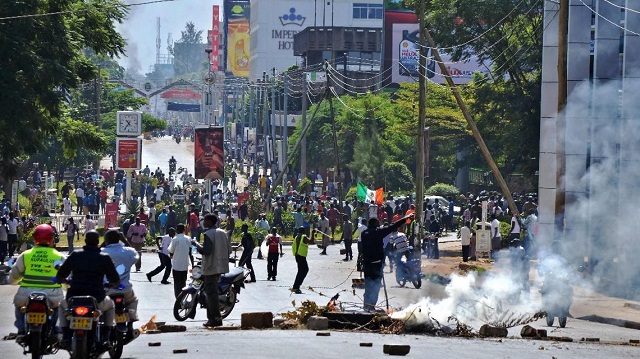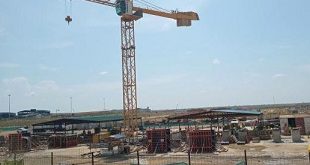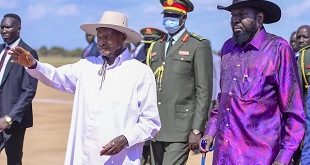
A broken election
What has become a broken election was doomed at the start by the almost impossible time frame given by the Supreme Court. After ruling that the Independent Electoral and Boundaries Commission (IEBC) had made fatal mistakes in the conduct of the 8 August election, it took another 21 days to provide the details of exactly what those mistakes were.
With the 60 day countdown looming, the ground shifted again when the High Court ruled that the election was open to additional candidates, not just the incumbent Uhuru Kenyatta and Odinga.
The back and forth between the courts did not end there. On October 25 the Supreme Court was called upon to decide whether the new polls were being lawfully held. The grounds for this opposition-backed petition was that the IEBC had failed to facilitate fresh nominations.
Only two judges were available to hear the petition; five are required to form a quorum. So the petition was postponed, further destroying the election’s credibility in the eyes of those opposed to Kenyatta.
Broken institutions
The institutions steering this election – the IEBC, the courts and parliament – have evidently broken down. They have become the shattered remains through which an iron fist is descending on the country to reestablish political stability by any means necessary.
In a sign of what was to come, the electoral commission’s CEO took three weeks’ leave in the run-up to Election Day, bowing to pressure from the opposition coalition.
Shortly beforehand, IEBC Commissioner Roselyn Akombe fled to New York, stating ominously that her fear over the safety of election staff in the field, was met with more extremist responses from most Commissioners, who are keen to have an election even if it is at the cost of the lives of our staff and voters.
Odinga is partly to blame for the ease with which this iron fist is descending. He started his opposition through the courts but then failed to follow through, switching to mass action instead. He declared he would not contest the election but then failed to submit the relevant form to the IEBC – so there was no legal requirement to have the ballot papers changed.
That was a strategic blunder that inadvertently framed Kenyatta as the one campaigning for Kenyans to have a chance to vote. It’s a strategic blunder that will likely end Odinga’s political career. It also means he cannot subsequently claim in the Supreme Court that the election should not have gone ahead.
NASA’s decision to declare the coalition a “resistance movement” signifies that it believes the IEBC and Kenya’s core political institutions are fully undermined. What they fail to see is that this has a direct effect of splitting the opposition in two.
While the presidential election required a rerun, all other elected positions continue in place. There are MPs, governors and senators of the NASA coalition who will not leave their positions to join a less formalised resistance movement, though they will show their support for Odinga in rhetoric. This breaks the opposition into insiders and outsiders, rendering it even weaker than previously feared.
Dominic Burbidge is Postdoctoral Researcher, Faculty of Law, University of Oxford
Source: The Conversation
 The Independent Uganda: You get the Truth we Pay the Price
The Independent Uganda: You get the Truth we Pay the Price



